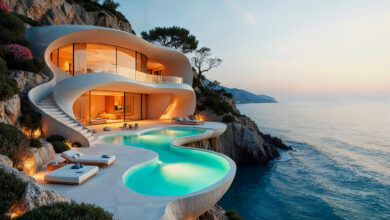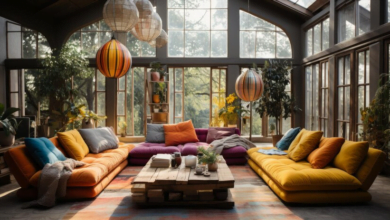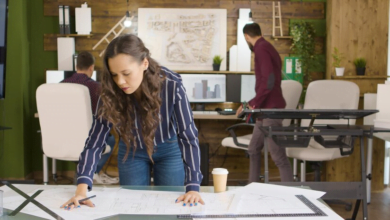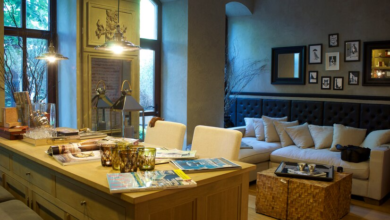The Ultimate Guide to Modern and Vintage Interior Design
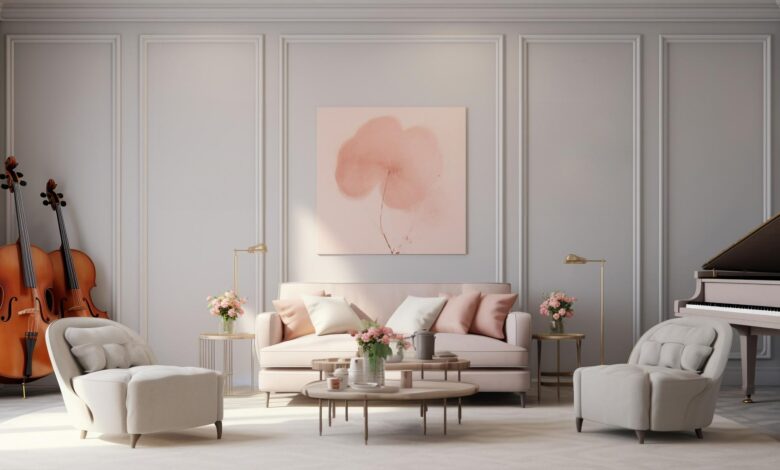
Walking into a room and feeling like you’re traveling through time is the magic of combining modern and vintage interior design elements. This blog post will guide you on how to harmonize the old with the new to create soulful eclectic spaces.
Modern and Vintage Interior Design
What is Modern Design?
Modern design is characterized by clean lines, simplicity, and a focus on functionality. It’s inspired by the early to mid-20th century and highlights minimalism, neutral colors, natural materials, sleek furniture, open spaces, and plenty of natural light. Modern interiors often feature bold geometric shapes, innovative use of materials like steel and glass, and a minimalist approach that creates a sense of calm and order.
What is Vintage Design?
Vintage design, on the other hand, is all about history and nostalgia. It incorporates elements from the past, typically from the 1920s to the 1980s, and celebrates the intricate craftsmanship and character of the previous eras. Vintage interiors are rich in textures, patterns, and color palettes, with furniture and decor items that tell a story. Include delicate woodwork, antique pieces, and accessories with a connection to the past to create a space that feels curated and personalized.
Vintage Elements in Interior Design
Vintage decor ideas bring a unique charm to modern and vintage interior design. These pieces often carry a history and character that offer a sleek backdrop for modern décor items. From age-old furniture to retro accessories, these elements add a touch of elegance and individuality to any room. Incorporating traditional decor items can help achieve bespoke inviting interiors.
Some popular vintage elements include decorative mirrors, distressed wood furniture, old lighting fixtures, and classic artwork. These items are conversation starters and often serve as focal points in a room drawing attention. Traditional textiles, such as Persian rugs and lace curtains, also add a rich, layered look to your space.
Modern Elements in Interior Design
Modern design elements are all about their sleekness and simplicity. They emphasize clean lines, modern minimalist furniture and decor, and a neutral color palette usually featuring monochromatic schemes. These elements create a contemporary look with form and order, making your space feel more open and airy.
Why Combine Modern and Vintage?
To Add Visual Interest:
Layering modern and vintage interior design adds interest by juxtaposing sleek, contemporary elements with charming, historical pieces. This contrast draws the eye and creates a dynamic look that makes a space feel more lived-in and welcoming.
Blending Old and New Décor:
Combining eras in interior design allows you to balance the simplicity of modern design with the striking character of vintage pieces. This balance can make your home feel both contemporary and antique, providing the best of both worlds.
Personal Connection:
Mixing mid-century modern and vintage elements allows for a high degree of personal expression. You can showcase your love for different eras and styles, creating a space that truly reflects you. This approach lets your design choices speak for you and helps you personalize your space through eclecticism.
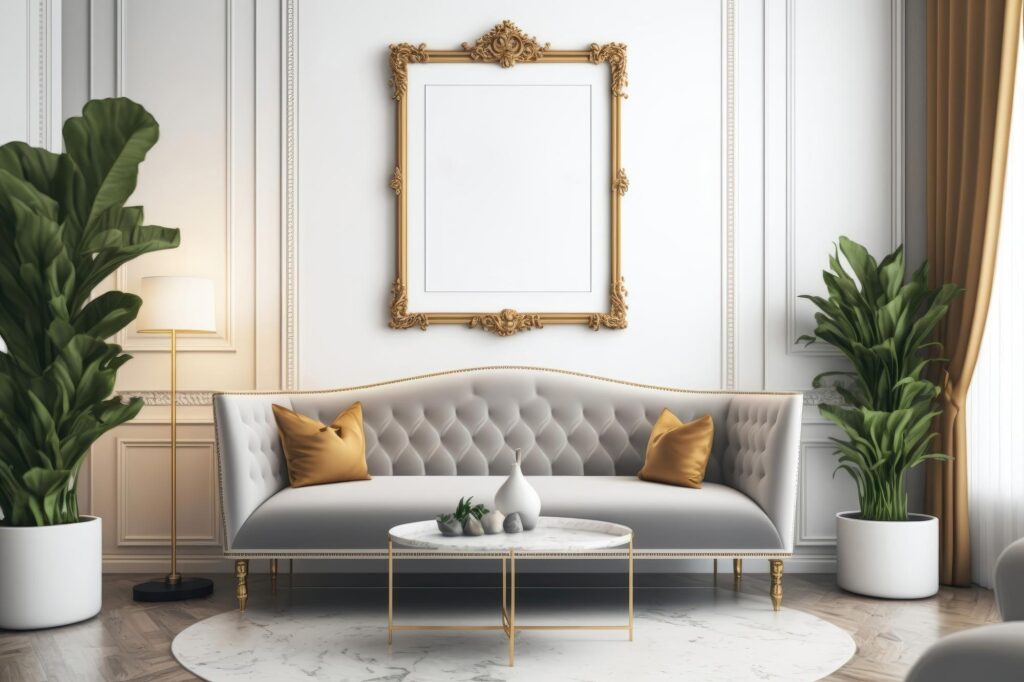
How to Blend Modern and Vintage?
Let’s explore the artful integration of modern and traditional elements.
1. Use Neutrals as a Base:
To follow the recent design trends blending past and present it’s essential to start with a neutral base. Modern design often features muted tones like white, beige, and gray, which provide a perfect canvas for adding vintage pieces. Neutral walls, floors, and massive furniture pieces allow vintage accessories and smaller décor items to shine without overburdening the space.
2. Add Statement Pieces:
Choose a few standout historic pieces to serve as focal points in your room. This could be classical mirrors and clocks, a chandelier, or a retro armchair. These pieces will anchor the room’s design.
3. Mix Textures and Materials:
One of the keys to successfully achieving modern and vintage interior design is to mix textures and materials. Pair sleek, modern furniture with vintage accents like Persian textiles, rugs, or a velvet cushion. Combine a contemporary metal coffee table with an old-fashioned wooden sideboard. This mixed-style home decor adds depth and richness to your space, making it more attractive.
4. Play with Pattern:
Experiment with patterns when fusing modern and vintage design elements. Modern spaces often use solid colors and simple patterns, while vintage designs can be more elaborate. Incorporate floral prints, geometric patterns, or even classic stripes for a nostalgic vibe and intrigue to your modern base.
5. Balance it out:
Vintage-modern living spaces require a balance of proportions. Avoid overcrowding your space with too many classic items, which can make it feel cluttered. Instead, aim for a harmonious mix where each piece complements the others. For example, place a retro leather sofa against glass, metal, and chrome accents for a cohesive design.
Tips for Modern-vintage home styling
Here are some practical tips to get just the right modern-vintage look your home needs:
1. Start Small:
If you’re new to mixing these design styles, start small. Introduce a few pieces from the bygone eras into modern settings. This mix-and-match approach allows you to experiment and find the right balance without committing to a complete overhaul.
2. Repurpose or Upcycle:
Get creative with repurposing and upcycling traditional items. An old ladder can become a stylish bookshelf or a vintage trunk can serve as a coffee table. Beyond aesthetics, such pieces not only become the center of attention but also promote sustainability by giving old items a new life.
3. Embrace Imperfections:
The beauty of vintage pieces lies in their imperfections. The wear and tear that comes with age, adds a punch of character and authenticity to your space. Don’t be afraid to mix items from different eras for an eclectic design look.
4. Find Inspiration:
Flip through magazines for inspiration or browse online platforms like Pinterest, and interior design blogs. Observe how homeowners mix modern and vintage interior design elements and adapt their ideas to fit your space. Inspiration can help you visualize the potential of your design and encourage creativity.
Conclusion
By fusing the key principles of modern and vintage interior design, you can balance the old and new to craft a home that exemplifies transitional interior design. Whether you’re starting small or planning a major redesign, the tips and ideas in this guide will help you navigate the world of mixed-style interiors with confidence.
